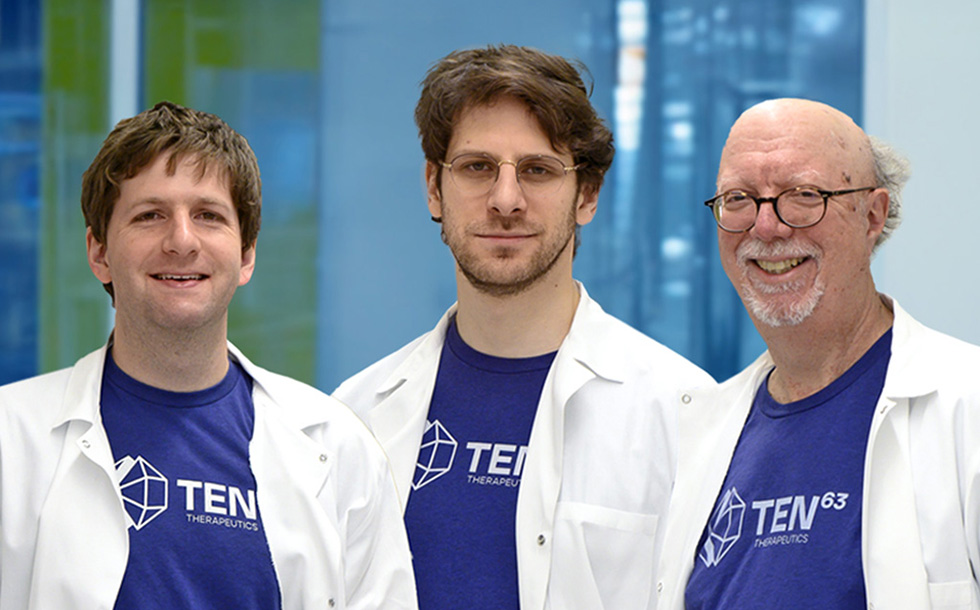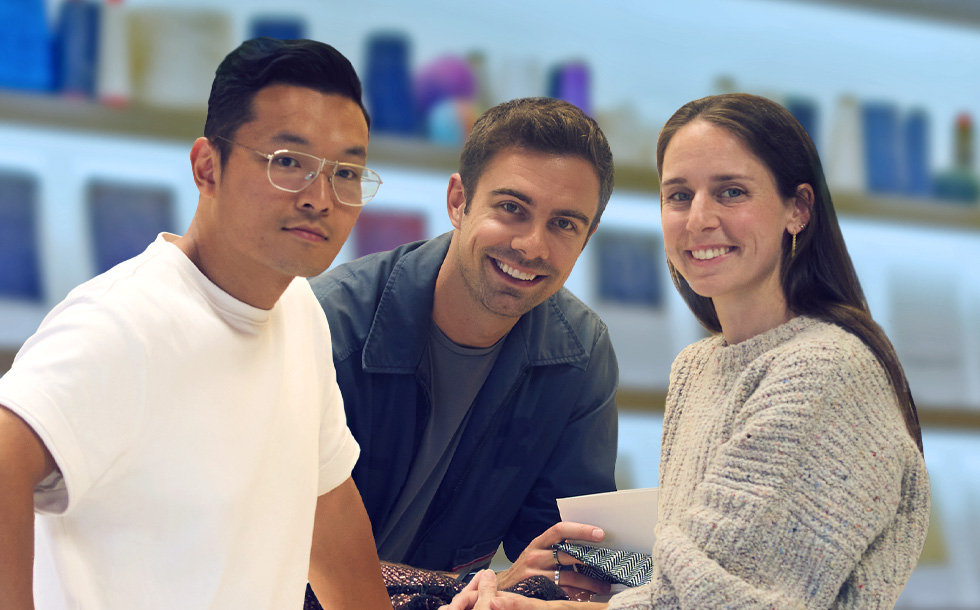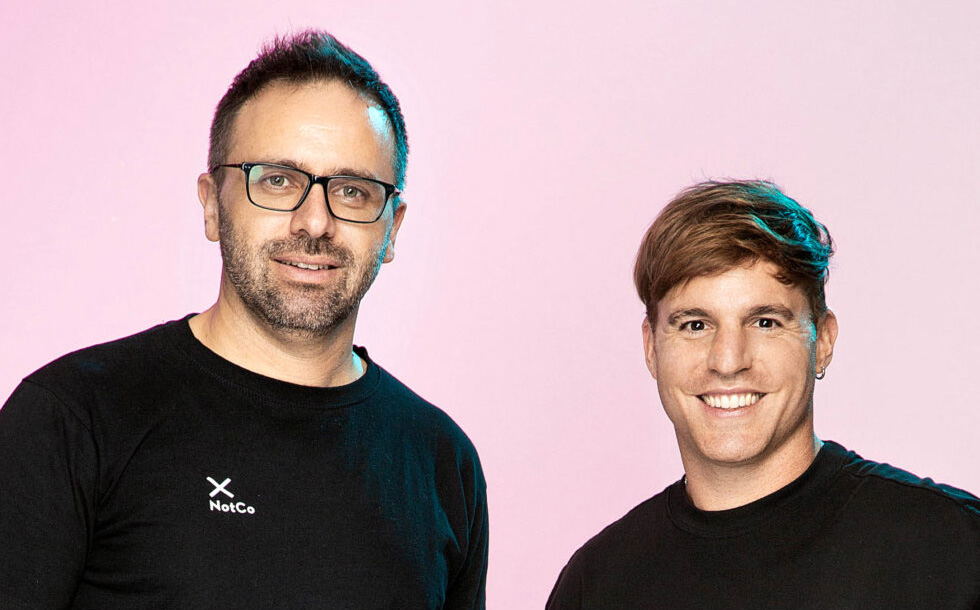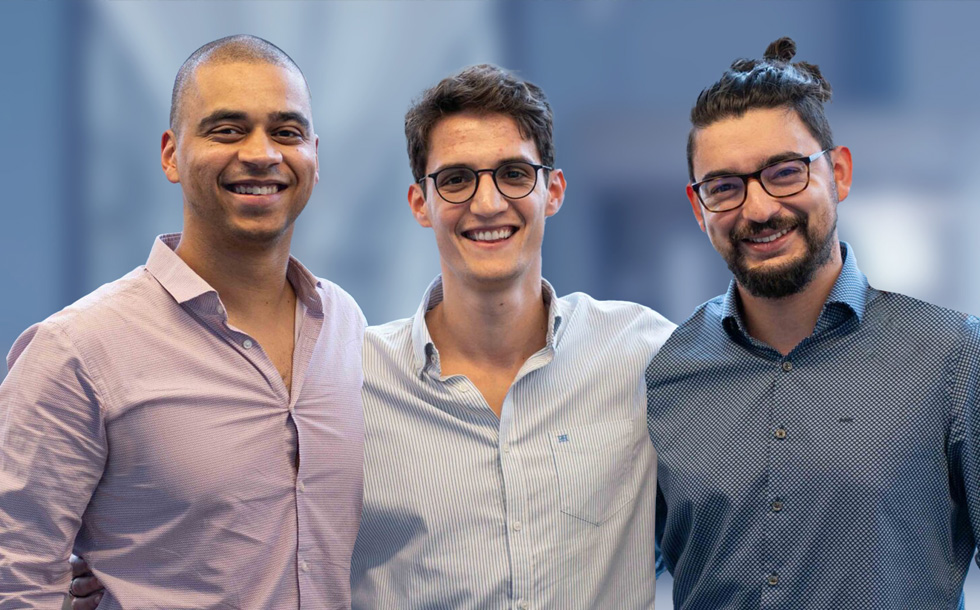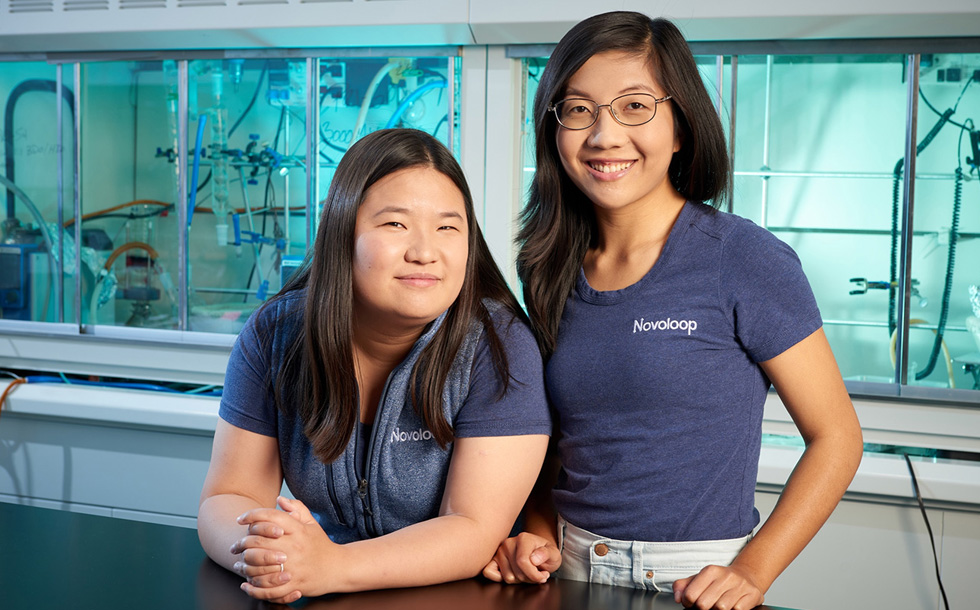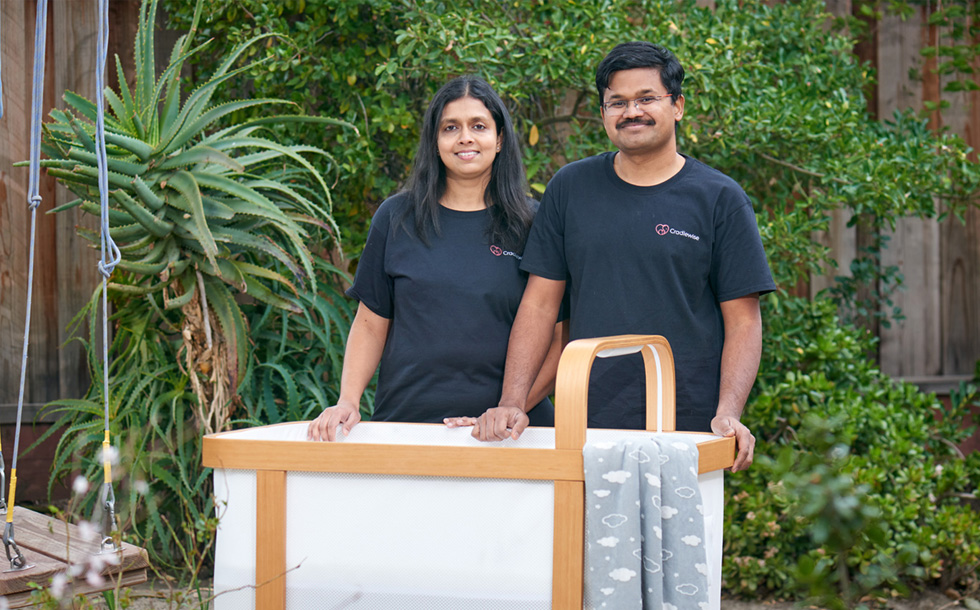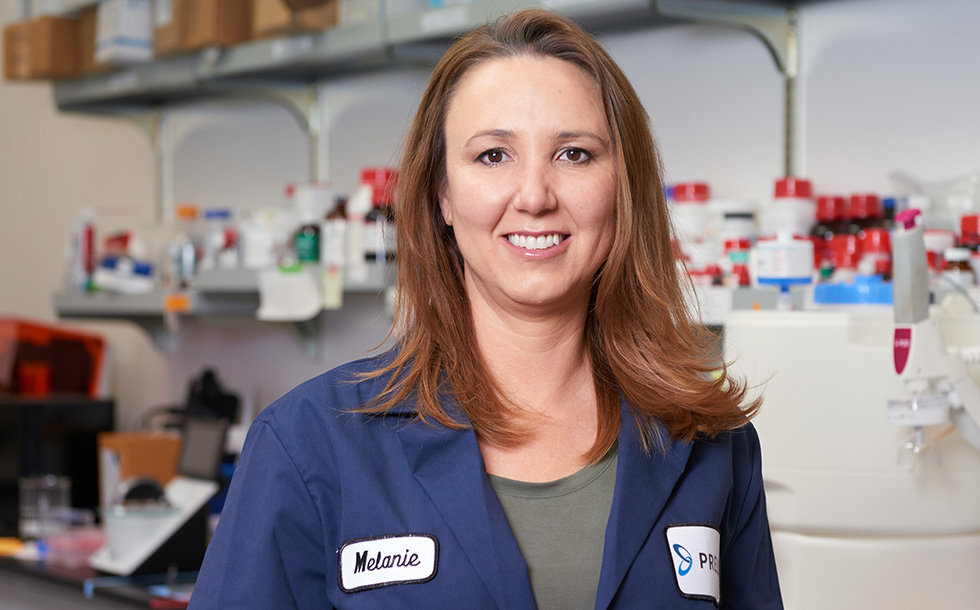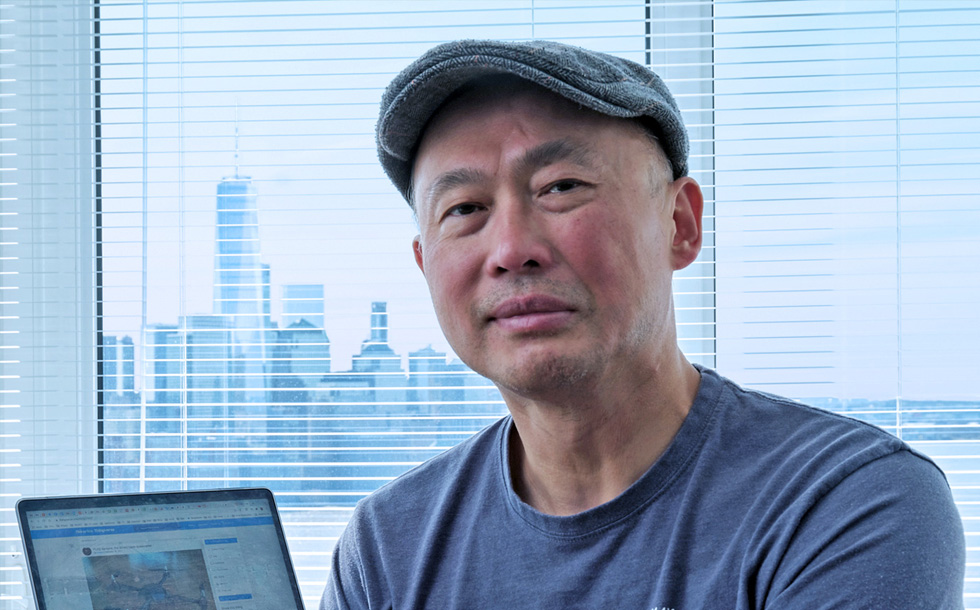To find the future of food, you may have to look no further than Emeryville, CA, a small city by the San Francisco Bay, where Upside Foods has built a 53,000-square-foot production facility and innovation center for cultivated meat, the first of its kind.
Upside demonstrated the world’s first cultivated meatball in February 2016 and the world’s first cultivated poultry in March 2017. Since then, nearly 100 companies have entered the alternative protein, cruelty-free meat space, attracting both investor interest —McKinsey predicts the market could reach $25 billion by 2030—and regulatory scrutiny.
“Never in the history of food has there been so much change so quickly,” says Uma Valeti, the founder of Upside Foods. “I think we’ve ignited something here, and the scene has really taken off. It’s supported by hardcore meat-eaters as well as hardcore vegans … The speed at which it all has happened amazes me still.”

Uma grew up on the outskirts of Vijayawada, India, a city near the Bay of Bengal, the son of a veterinarian father who walked four miles (barefoot) to school as a child and a mother who taught college physics. They lived purposeful but humble lives. “My grandfather was a Freedom Fighter who walked alongside Gandhi,” Uma says. “He was a man of tremendous principle. This is what I knew. I took this kind of thing for granted as a kid.”
Uma excelled in school and was among a handful of students admitted to the All India Institute of Medical Sciences. His upward arc would eventually lead to a position as a cardiologist at the Mayo Clinic in the United States.
But the seed for working toward cruelty-free meat had been planted early: At a birthday party for a childhood friend, Uma remembers, “Everybody was having a good time. Then I happened to get a look behind the scenes, where the caterers were preparing food–actually slaughtering animals–to make curried goat and chicken tandoori for the partygoers. Blood was everywhere, and it struck me that this killing was so that we could all have a good time.” To this day, he calls it his “birthday/death day” episode. Years later, studying cardiology at the institute, he ran the cafeteria for a time. While ordering provisions, he witnessed a larger scale slaughter, again with goats and chickens, which changed his life. “It was all just too much for me,” he says. “The slaughtering was so unsanitary, with the potential for massive contamination and food-borne illness.” He stopped eating meat.
“I felt Indiebio was so much more than a startup program. Its purpose is to create a world that’s better for all of us.”
Fast forward to the Mayo Clinic, where Uma was experimenting with stem cells. “I realized that if I could create cardiac muscle from stem cells, I could also create food from animal cells,” he says. “I knew that I could grow meat from the cells of an animal without growing an animal to be killed. That was the moment.”
The idea that he could cultivate meat without slaughter became a driving obsession. He left cardiology, the science he loved, and ditched the predictable–a stellar and likely lucrative career in medicine–in favor of the preposterous. He introduced Upside Foods (originally Memphis Meats), with a mission, to produce real meat from animal cells.
“My friend said it best,” says Uma. “He told me, ‘For your entire career as a cardiologist you’ve been resuscitating patients, keeping them alive, or bringing them back to life. If this idea of yours works, you’ll be resuscitating a broken food system.’”

Uma brought his idea to Indiebio. “Those early days were foundational for me,” he says. “(SOSV/Indiebio founder) Sean O’Sullivan and the advisors gave us the encouragement and the intangible coaching and shaping we needed. Sean has always emphasized that ours is a mission he and the company care deeply about. I felt Indiebio was so much more than a startup program. Its purpose is to create a world that’s better for all of us.”
The first few grams of meat were developed at Indiebio, beginning with stem cells grown in bioreactors, or “cultivators.” Those cells, in a process similar to what happens in live animals, are fed an oxygen-rich cell culture medium made up of nutrients such as amino acids, glucose, vitamins, and inorganic salts, supplemented with proteins.
“It’s really up to us to show everyone that cultivated meat actually works”
Indiebio became Uma’s first outside investor. Steve Jurvetson’s Future Ventures—whose participants included Bill Gates and Richard Branson—put up $17 million.
While cultivated meat is still a lean cut of the $1.4 trillion meat market, it addresses what is fast becoming an environmental sustainability problem. By 2050, global meat production is projected to almost double, to reach 500 million tons per year. “Raising real animals for meat is one of the world’s least efficient food processes,” says Uma. “The world simply can’t sustain conventional meat production. Cultivated meat has the potential to use significantly less land and water, in addition to emitting fewer greenhouse gasses and reducing ag-related pollution.”

For Uma and Upside, being first in this space has its advantages and its pressures. “It’s really up to us to show everyone that cultivated meat actually works,” says Uma. He and his team of 170 employees aim to build a product portfolio of familiar meat products that consumers love, including poultry, beef, and seafood, along with other animal proteins.
Uma says he’s motivated to take on problems that people consider unsolvable. “It drives me,” he says. “If that makes me a typical entrepreneur, then that’s what I am. Entrepreneurs refuse defeat in pursuit of a mission. I’m going to keep dreaming. I’m going to keep building. I’m going to continue to take risks.”
By Bob Gulla
Photos by Mark Madeo

